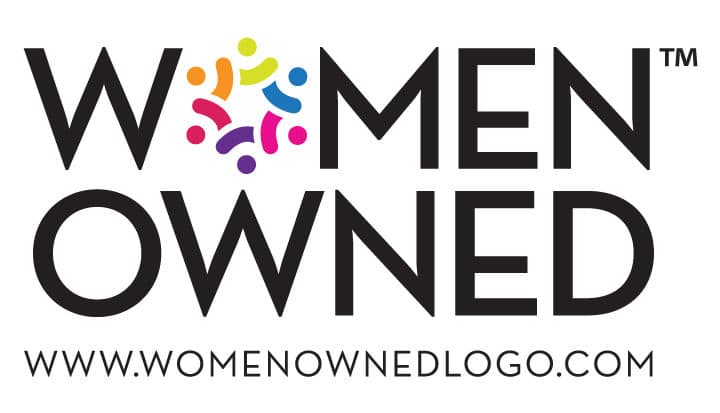And how ETC can help save your hard-earned cash!
What is the EPA lead regulation?
The EPA is the Environmental Protection Agency. Their mission is to help regulate and create laws that help to ensure health and human safety. They work to reduce environmental risks and lower the incidence of exposure and contamination. The EPA has set up guidelines for safe exposure to toxic materials, and with those guidelines, other national organizations like OSHA and HUD create a protocol for dealing with hazards.
The EPA has regulations that certain organizations must follow when dealing with lead- particularly lead paint. These regulations are called “lead hazard standards” and they help property owners, government agencies, and lead paint professionals identify hazards in soil, dust, and paint. Since they outlawed lead paint in 1978, anyone working on renovation, repainting, or a child-occupied facility has to adhere to the EPA’s safety standards.
Lead is a threat when it is ingested; The easiest way for this to happen is via lead dust. In 2001, the EPA passed a standard that considered any dust sample that exceeded 40 micrograms of lead a hazard. This has been the standard for nearly 20 years. HUD, OSHA, and state and local governments have used this as a guideline in writing legislation.
So what’s changed?
The 2010 amendment to the Detroit City Code, Chapter 9, Article 1, Division 3 requires the following:
Lead clearances are required occasionally for HUD homes, by contractors, or for certain city ordinances. A lead clearance signifies that a home is free of all lead hazards. It identifies a hazard as any peeling, chipping, chalking or cracking paint, or soil sample/lead dust wipe that has more lead than the EPA limit.
Dust wipes are the most common criteria for failure with these inspections, and with the standard lowering soon, the property owner could be responsible for -multiple- clearance inspections. If a dust wipe comes back high for lead, there is a window of time in which the homeowner can fix it- and have another test. If the wipe is below the threshold, they consider the property lead hazard free- if it is above the limit, they still consider it a hazard.
As a consulting firm, we constantly see property owners requiring multiple clearances because of lead dust hazards – once the level of lead per square foot drops to a third of its current allotment, that number will only increase.
How ETC Can Help
While we at ETC are firmly in favor of legislation that protects children, we understand what a financial hardship, and what a frustrating process lead compliance can be. Considering that, we’re offering some tips to help you get in compliance as fast as possible, and save you money.
- We aren’t exactly sure when this new law will go into effect, but given our 30 years of experience in health and safety, we can guess these changes will take place around the start of 2020. Because of that ETC has been cross-training all of our technicians to help fill the demand of compliance testing BEFORE this law goes into effect.
- We offer a written pre-inspection guide that can empower you to take steps needed to pass a lead inspection the first time.
- Our standard lead report comes with maps, and expert recommendations so you can deal with lead hazards before a re-inspection.
- If you’ve got multiple properties that need testing, ETC offers compliance packages: You hand us a list of properties, and we’ll call, schedule, get them tested, and the results sorted for you.
- We can even train YOU OR your maintenance staff in RRP training, so you’re able to perform lead maintenance yourself!
We know all this is confusing, so if you don’t know where to start- you can learn more about lead inspections here! If you’re still not sure what to do, you request a phone consultation!





